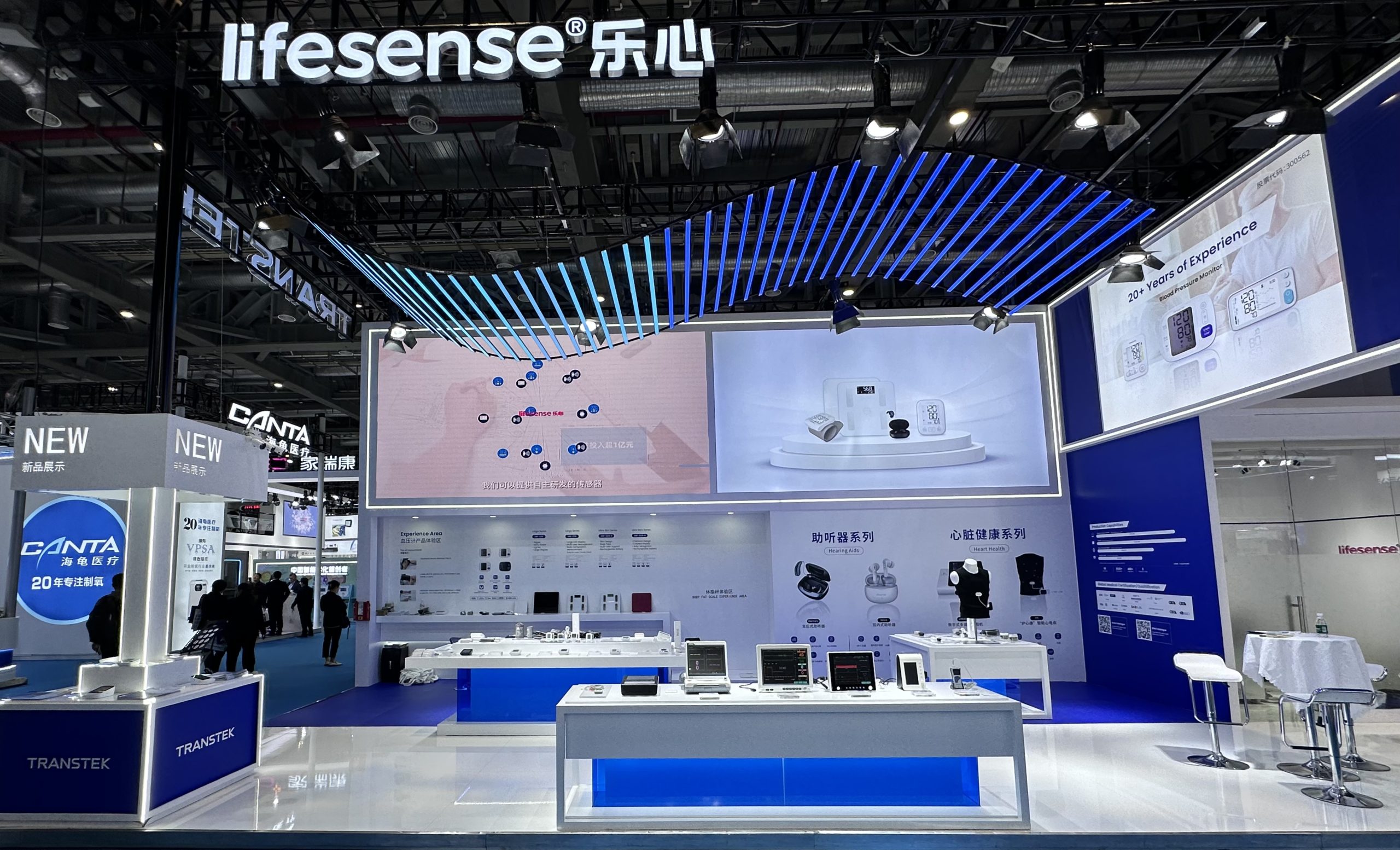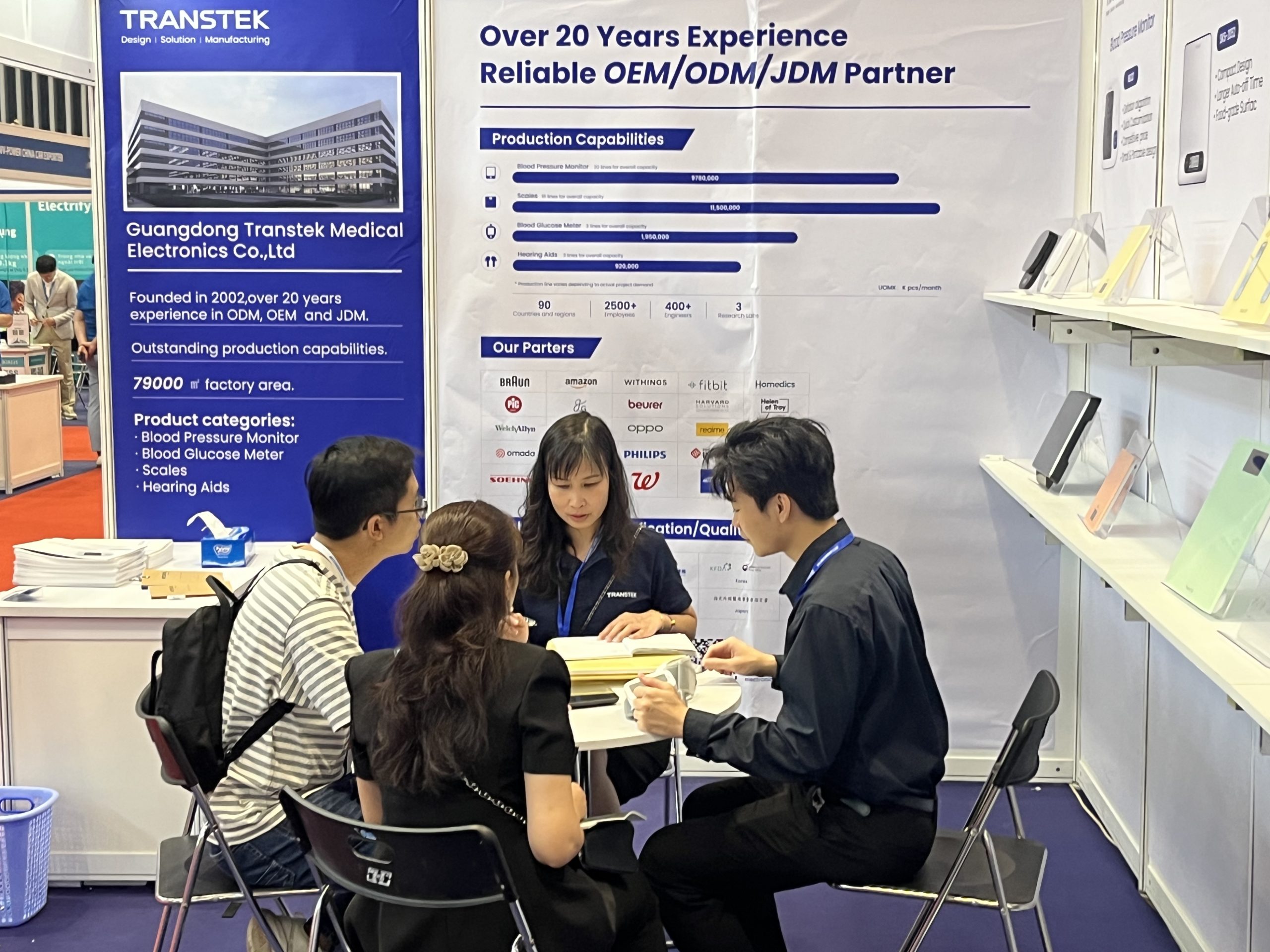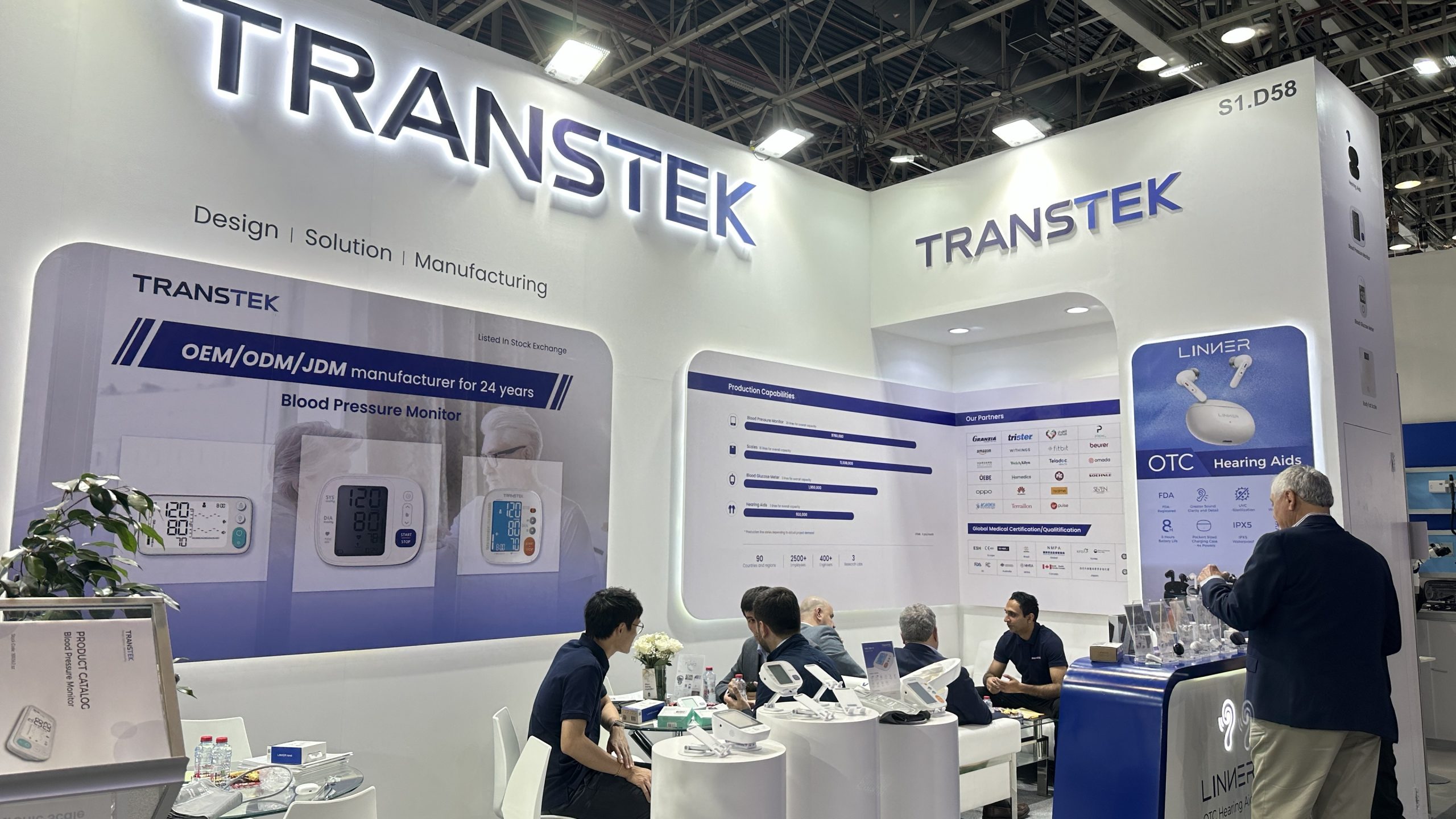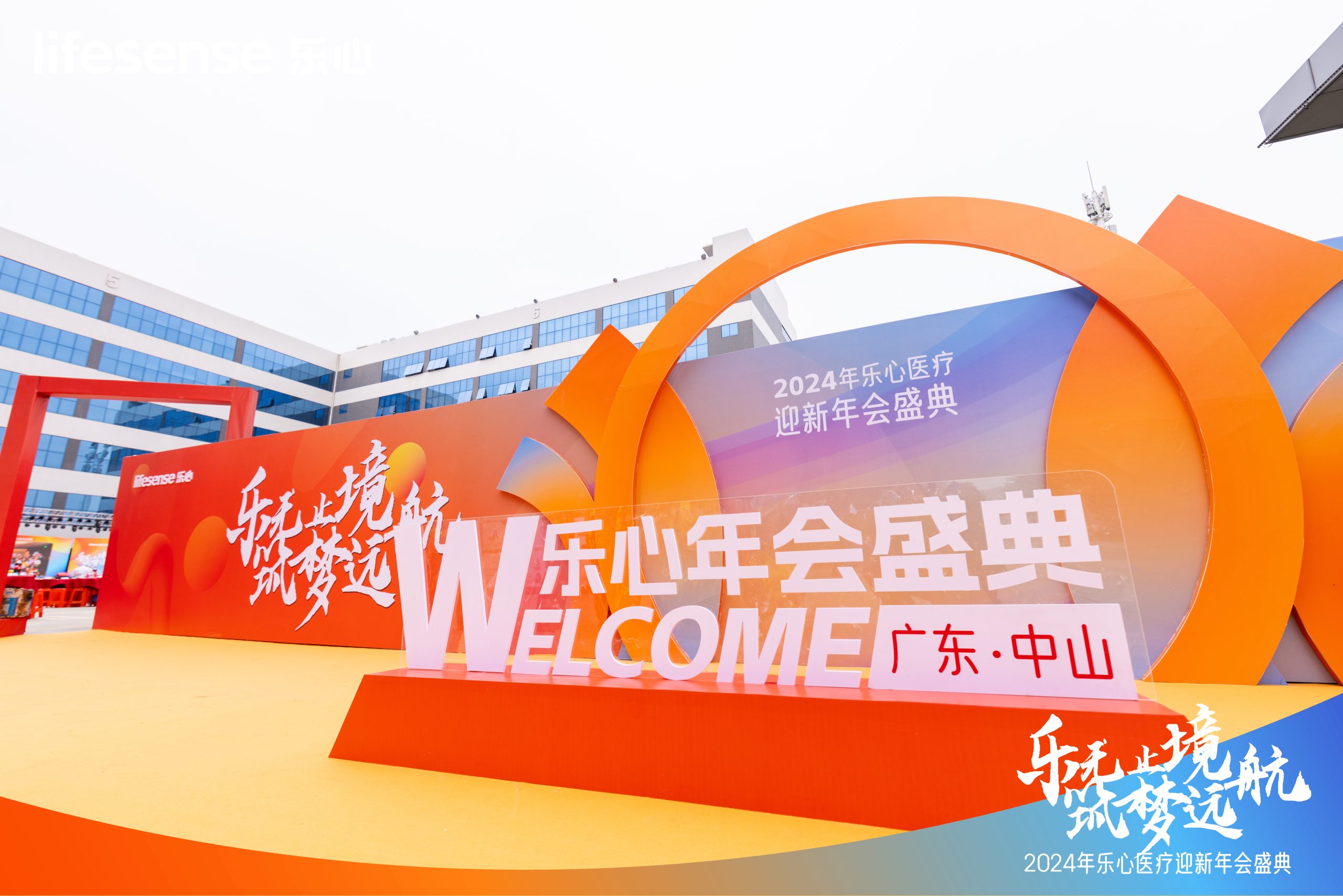Remote Patient Monitoring:
Remote patient monitoring (RPM) in clinical trials refers to the use of digital technologies such as wearable sensors, mobile devices, and telehealth services to collect patient data remotely. RPM enables healthcare providers and researchers to monitor patients’ health status, adherence to medication or treatment plans, and overall well-being in real-time, without requiring patients to visit clinical sites. In clinical trials, RPM can be used to collect a range of data, including vital signs, activity levels, medication adherence, and patient-reported outcomes.
This data can be used to assess treatment efficacy, safety, and patient outcomes. RPM in clinical trials can improve patient engagement, reduce the burden of study participation, and reduce costs associated with on-site visits. It can also provide more comprehensive and accurate data, as it enables continuous monitoring of patients rather than relying on intermittent assessments.
Overall, RPM in clinical trials is a promising approach that has the potential to improve the efficiency and effectiveness of clinical research, accelerate the development of new treatments, and improve patient outcomes.
RPM Technology:
Remote patient monitoring technology makes data continuity possible by enabling the collection of continuous and real-time data from patients. This allows healthcare providers and researchers to monitor patients’ health status and treatment outcomes over time, regardless of their location. Traditionally, patient data is collected during on-site visits to healthcare facilities. However, this approach can result in fragmented and incomplete data, as patients may miss visits or fail to report symptoms between visits. This can make it difficult to assess the efficacy and safety of treatments, and to identify early warning signs of adverse events.
Remote patient monitoring technology addresses these challenges by enabling the continuous and remote monitoring of patient health status. This can include the collection of data such as vital signs, activity levels, and medication adherence. This data is transmitted to healthcare providers and researchers in real-time, allowing them to monitor patients’ health status and intervene quickly if needed. The use of remote patient monitoring technology in clinical trials can also improve data continuity by reducing the risk of missing data due to patient non-compliance or missing visits. This can help to ensure that data is complete and accurate, which is essential for assessing treatment efficacy and safety.
Overall, remote patient monitoring technology is an important tool for improving data continuity in healthcare and clinical research, enabling more comprehensive and accurate assessments of patient health and treatment outcomes.
Transtek Blood Pressure Monitor
Transtek Blood Glucose Meter
Transtek Wrist Blood Pressure Monitor






